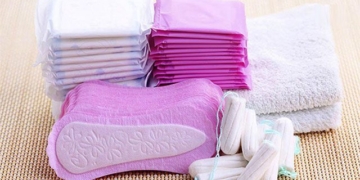In modern daily life, we often consume staple foods and vegetables as our main meals, but we also enjoy snacks from time to time. Whether we are watching a movie, playing games, or working, snacks are always present in various forms to keep us from feeling “bored.” But what about ancient people? Did they also indulge in snacks during their leisure time like we do today?
According to some records, although ancient times did not have a wide variety of ingredients for snack preparation, people still enjoyed snacking. Here are some typical examples:
1. Honey
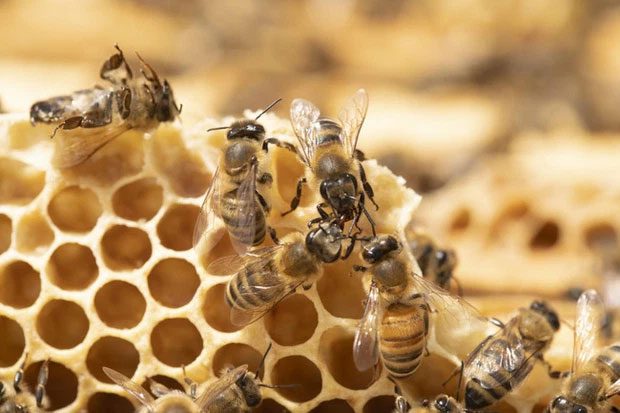
Honey is considered one of the earliest snacks.
Honey can be seen as one of the earliest snacks. As early as the Pre-Qin period, the Chinese discovered a naturally occurring fragrant liquid that had a sweet taste, which is honey. Because honey at that time was entirely natural, it was very precious and was only consumed by royalty, high-ranking officials, and noble families, often paired with fruits.
2. Various Candies
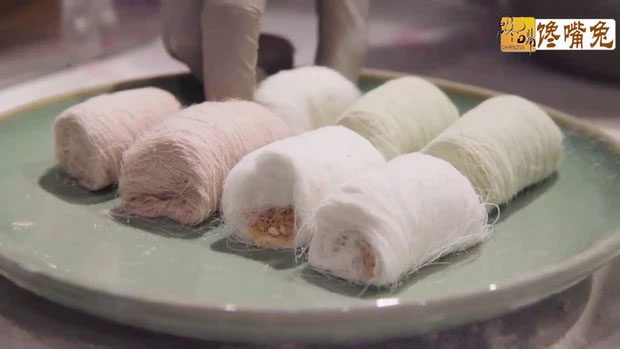
Dragon Beard Candy.
Ancient people seemed to have a strong preference for sweets, as evidenced by the variety of candies that have existed for a long time, such as hulu candy, maltose candy, and dragon beard candy. Once, during an inspection tour, Emperor Yongzheng stumbled upon common people pulling sugar into fine threads and then adding sesame, coconut, and peanuts to create a snack. He later brought this delicacy back to the palace and named it dragon beard candy.
3. Fruit Preserves Carved into Floral Shapes
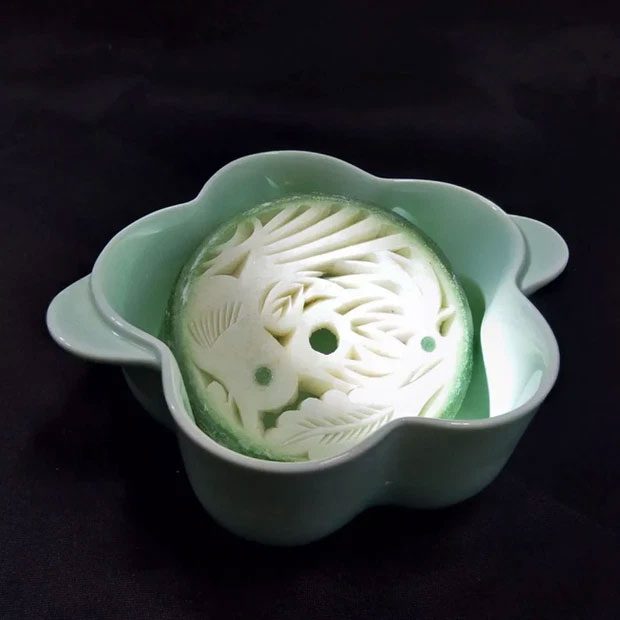
Fruit preserves carved into floral shapes are highly aesthetic.
Fruit preserves carved into floral shapes originated during the Eastern Zhou period and later flourished, becoming a popular snack from the Five Dynasties period. Legend has it that during a catastrophic flood, people ran out of food, and when they found unripe fruits, they dipped them in honey to enhance their sweetness, thus giving birth to fruit preserves.
Initially, fruit preserves were made quite simply, but later artisans skillfully sliced them thinly and carved floral designs on top, resulting in aesthetically pleasing fruit preserves.
4. Dried Fruits
The process of making dried fruits in ancient times was not too different from modern methods. First, fruits were carefully selected, then cooked over a fire and sun-dried. During this process, ancient people would add various rare spices to enhance the value of the dried fruits.
In addition to the above snacks, there were also seeds such as watermelon seeds, walnuts, and peanuts used as snacks. With the development of tea culture, the variety and aesthetics of these snacks gradually improved, including items like jujube cakes, osmanthus cakes, and mung bean cakes.
5. Chilled Beverages
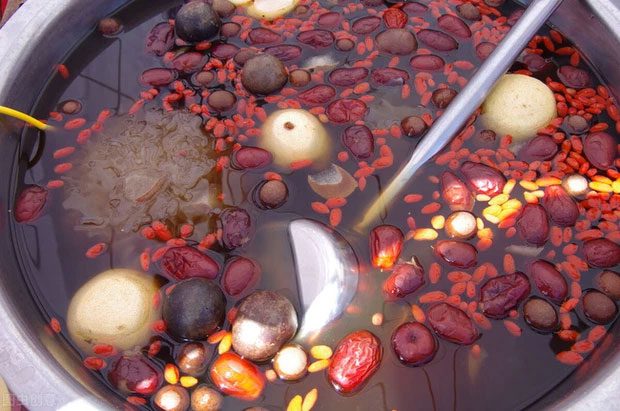
Appealing chilled beverages to beat the summer heat.
During the Song Dynasty, a very popular snack was chilled beverages. Of course, at that time, people could not produce ice. The ice used was stored from winter.
During summer, the streets were filled with eye-catching chilled drinks that helped alleviate the oppressive heat.




















































